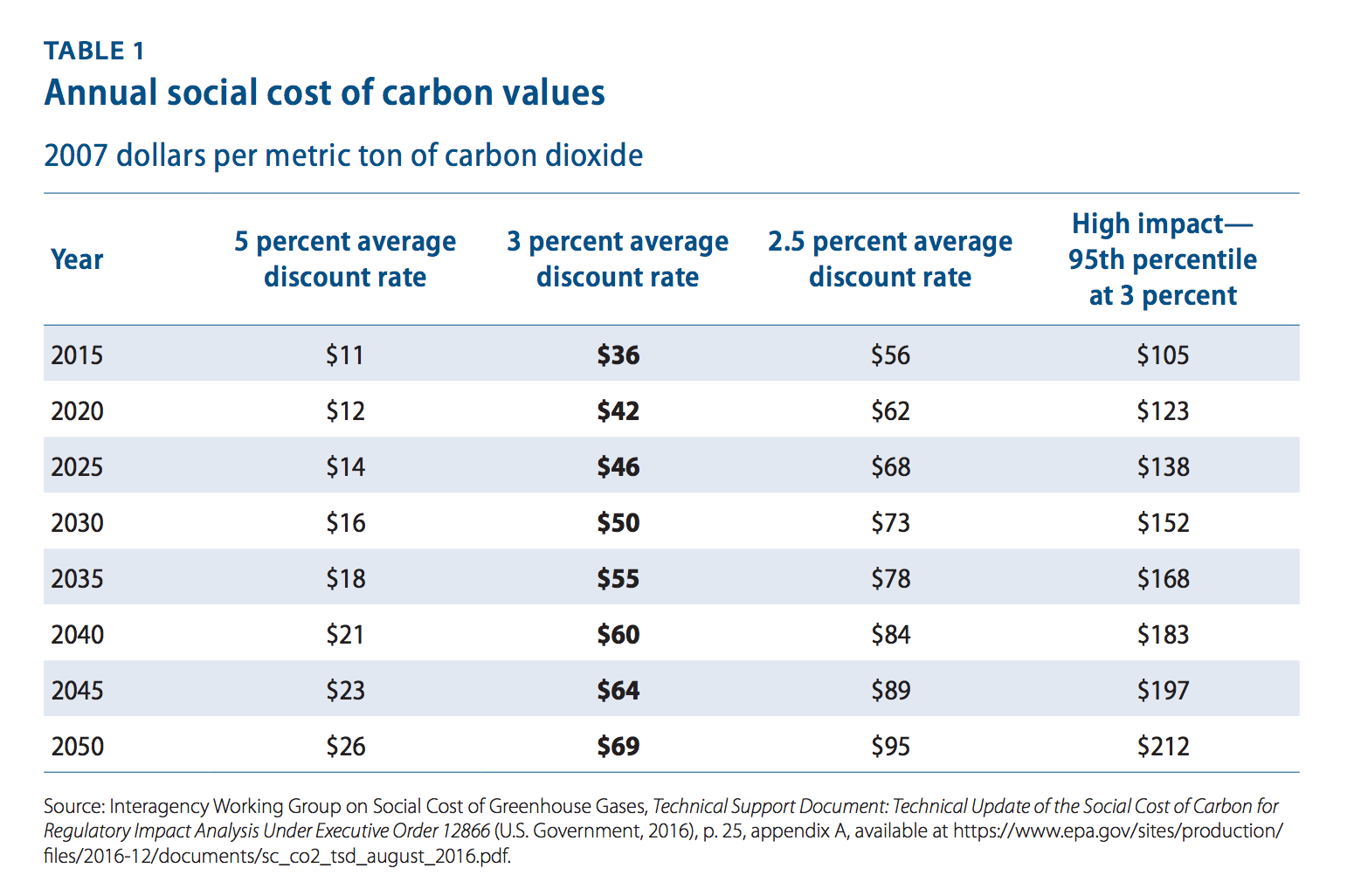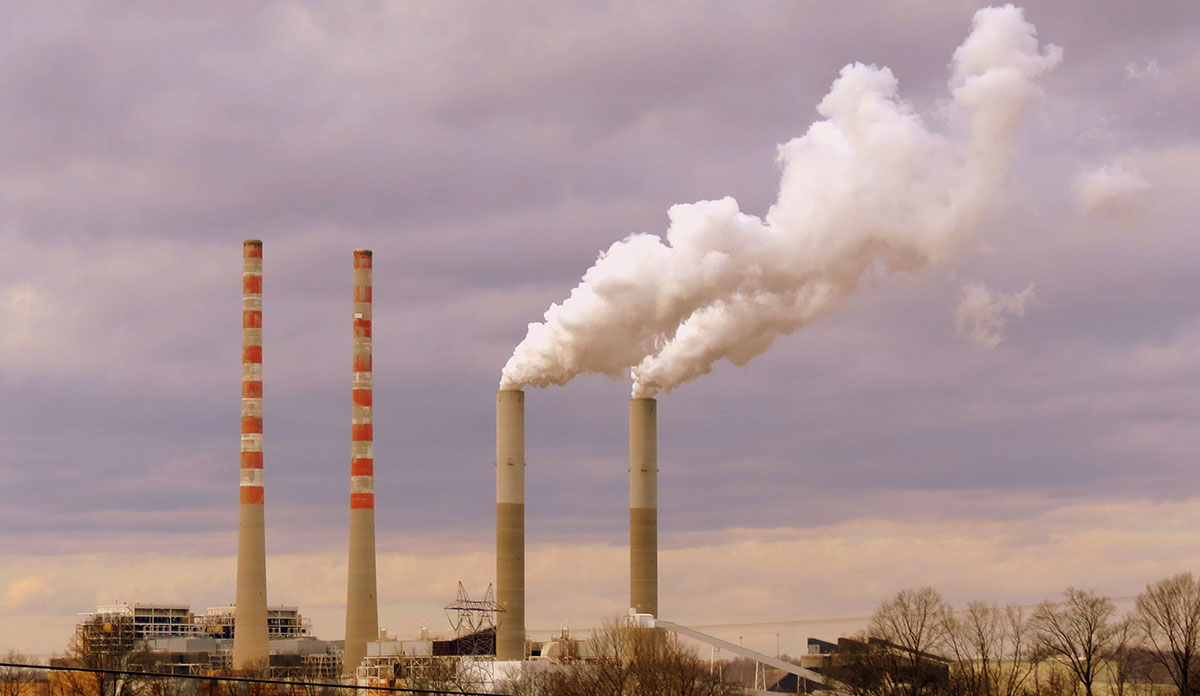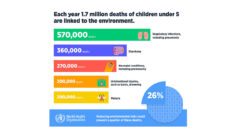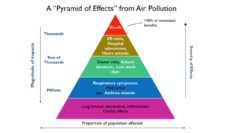“It’s the most important figure you’ve never heard of.” That is how Michael Greenstone, the Chief Economist of President Obama’s Council of Economic Advisors described the social cost of carbon (SCC).
The SCC is a statistic used by federal agencies to estimate the environmental costs and social benefits of proposed regulations. The SCC monetizes the benefits of reducing pollutants and greenhouse gases by compiling the money saved from fewer asthma attacks, premature deaths, droughts, severe weather events, and other outcomes of climate change. It takes into consideration and balances the cost of implementing a regulation today with the potential for resulting savings in the future.
The ongoing relevance of this important metric is uncertain in the Trump era. President Trump signed an executive order on March 28, 2017 upending many of President Obama’s environmentally progressive regulations, including initiating a review of the SCC estimates.
The SCC and Environmental Regulations
Between 2008 and 2016, the SCC was used as part of financial analyses in support of 67 regulations. Dr. William Nordhaus of Yale estimates about $1 trillion in benefits from EPA and other regulations have been justified by a consideration of the SCC.
As of 2017, the Social Cost of Carbon is valued at $39 per metric ton in 2007 dollars. In other words, the prevention of the emission of one metric ton of carbon or other greenhouse gases would save $39. The SCC was used to in the formulation of the Clean Power Plan (CPP), resulting in an estimated savings of $20 billion attributable to the reduction in carbon emission by 2030 and another $14 to $34 billion savings from health benefits. Factoring in the projected $8 billion for compliance with the regulations, the CPP nets savings between $26 to 45 billion.
SCC calculation: it’s just as complicated as it sounds
Much of the debate over the SCC boils down to the wonky details of how it is calculated. The discount rate used is crucial because it is how economists “describe how much it is worth to today’s generation to prevent climate-related damage that future generations will experience.” The discount rate for the SCC is currently set at 3%.

A higher discount rate results in a lower SCC, meaning that today’s society is valued more than future generations and the cost of regulations today is not worth the savings in the future. A lower discount rate means a higher SCC, placing a higher value on the livelihood of future generations.
“Assumption-driven hocus pocus”
Unsurprisingly, trade associations supporting fossil fuel industries and conservative think tanks are opposed to the use of the SCC in policy analysis. Several opposing groups describe the SCCs as “assumption-driven hocus pocus” and “a guesstimate of the damage to society from an incremental ton of carbon dioxide-equivalent (CO2-e) greenhouse gas (GHG) emissions in a given year.” Thomas Pyle of the American Energy Alliance viewed the SCC as a way to advance President Obama’s “political Global Warming agenda.”
Opponents of the SCC also criticize the incorporation of global costs in the calculation of the SCC. By including global costs, critics believe that the SCC overestimates the impact of greenhouse emissions on Americans and violates the Office of Management and Budget Circular A-4 guidance which suggests that the SCC should be determined from a domestic perspective. They also argue that a 7% discount rate should be used to estimate the SCC.
Trump and the Social Cost of Carbon
With one pen stroke, President Trump fundamentally changed the place of the SCC within federal agencies. The executive order specifically calls for a review of the calculation of the SCC. The Center for American Progress argues that President Trump’s executive order could change the discount rate used to estimate the SCC, placing a higher value on current spending on carbon reduction compared to the potential future benefits of an environmental regulation. The recalculation could make it harder for federal agencies to justify regulations that reduce emissions.
Feature image: Brent Moore, TVA Cumberland Power Plant, used under CC BY-NC 2.0/cropped from original
Graph from the PDF report Hidden Costs: President Trump’s Campaign to Erase the Social Cost of Carbon by Alison Cassady, April 19, 2017.













